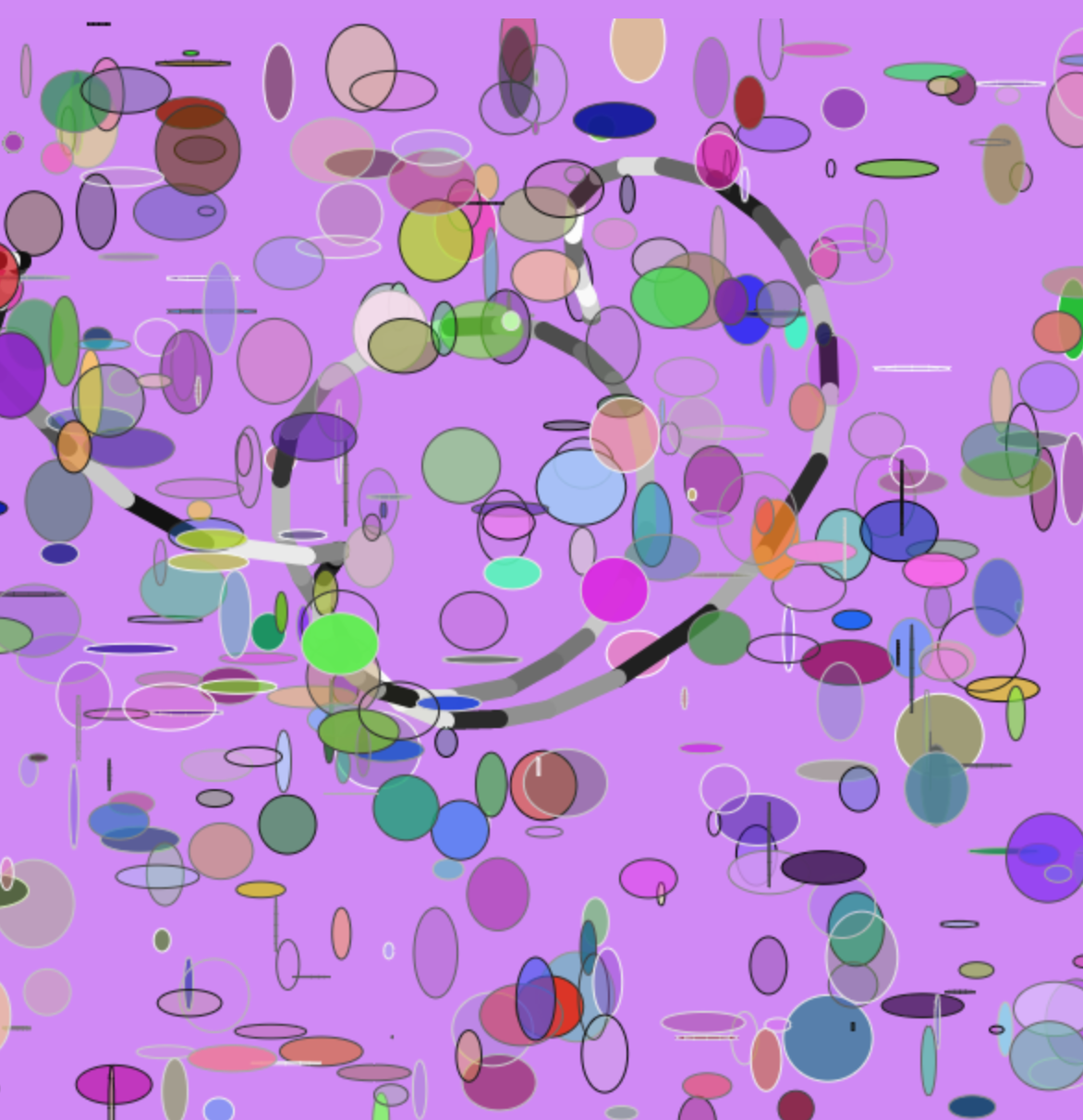For my Random face sketch, I tried to implement a couple of the new functions we learnt in class, mainly relating to color change and rotation. I managed to have the background and eye-color of he face change with clicking and movement of the mouse. However, with the rotation element, I struggled to correctly map it onto the sketch. My original plan was to have a rotating ring of squares around the face that would act as a frame. However with the current code I have (using the variable “float rot=0/ rot=0.5 ” from last class) the ring appears to the side of the face rather than fully wrapping around it in a smaller perfect circle.
Sketch: https://www.openprocessing.org/sketch/506765

